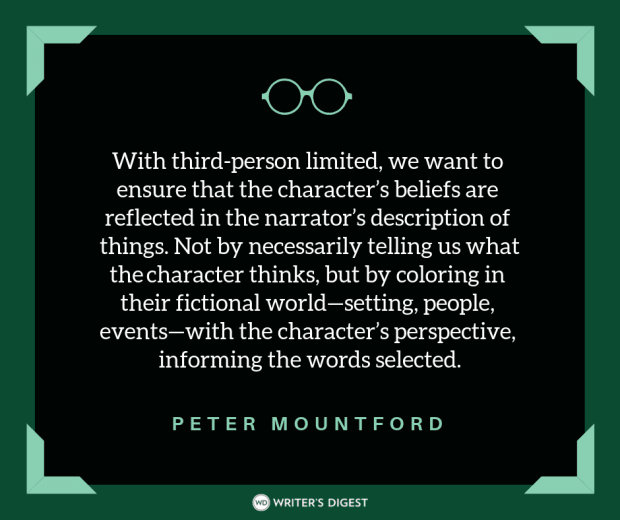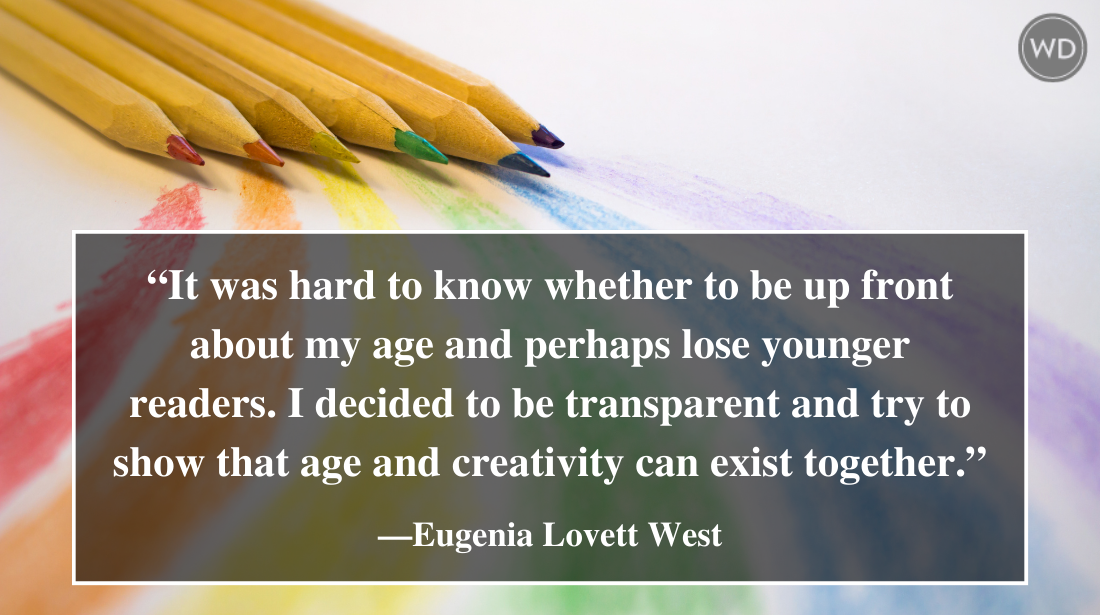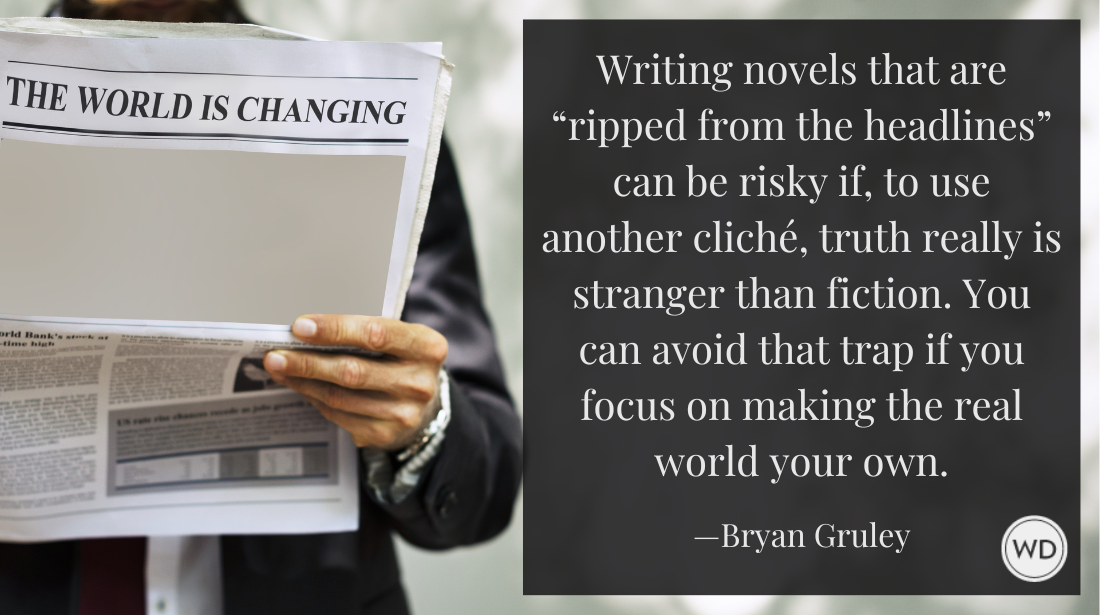Conflict: Ratchet It Up By Moving Closer to Home
Today’s guest post is by Jim Adam. It is the final installment of a series on storytelling and The Strengths of the Potter Series. If you’ve enjoyed this series, then you should…
Today's guest post is by Jim Adam. It is the final installment of a series on storytelling and The Strengths of the Potter Series. If you've enjoyed this series, then you should check out Jim's book, Destiny Unfulfilled: A Critique of the Harry Potter Series.
Conflict, the engine that drives fiction, shows up at many levels in the Potter series, from the series-defining threat of Lord Voldemort, to book-defining threats like Sirius Black in Book 3, to daily annoyances such as Snape, Malfoy, and Colin Creevey.
One curious aspect of conflict is that it ratchets up the closer to home it gets.
Given confrontations of equal violence, an argument with a stranger affects us less deeply than an argument at work, which in turn affects us less than an argument at home.
Harry doesn’t have any problem getting into a fight with Malfoy, but confronting Hagrid about Norbert is another matter. Even more stressful for Harry is the temporary breakup between himself and Ron in Book 4. Similarly, Harry’s internal worries and uncertainties—about a Quidditch match, about his nascent relationship to Ginny, or about how he’ll survive one of the Tri-Wizard Tasks—also serve as potent sources of tension within the books.
When conflict arises in a close relationship, the options of eliminate, dominate, and avoid aren’t generally available. As a result, internal conflict is stressful in a different way (and is more stressful for some people) than external conflict. One reason why an abusive spouse lashes out is that it ends the discussion. Such people can’t handle the stress of interpersonal conflict, and so they get rid of it in the quickest way possible. Dictators display this same preference for an easy way out when they silence the opposition—even though this typically means killing, jailing, or expelling their fellow citizens; treating such people as The Enemy is ever so much easier than seeing them as friends who merely disagree on some issue or other.
Scenes without some form of conflict tend to be less interesting to readers, and the Potter series makes use of both external conflict (with Voldemort, Malfoy, Umbridge, and others) and internal conflict (with Ron, Hermione, and within Harry himself) to keep readers eagerly turning the pages.
Conclusion
By having a story to tell, and by telling that story in a way that suits her, rather than by fitting her story into a predefined category or genre, Rowling created a seven-book series that captivated readers worldwide. Her stories are dominated by characters, not premises or marvels, though the series is stuffed full with both. Her prose is rich with details and specifics, but isn’t overblown.
Active scenes dominate the narrative, showing us events taking place, while exposition and summary are used to keep the story moving forward with alacrity. By withholding select bits of information as long as possible, the series enflames the reader’s curiosity. By stretching tension, the series heightens reader involvement.
The Potter series has earned its popularity and critical acclaim through its originality, the fertile imagination and artistic integrity of its author, and its dedication to quality, as
evidenced in its many strengths.
But what really makes the Potter series work, what keeps readers coming back to it above all, is story. In the world of fiction, this is the bottom line, and this is ultimately
why the Potter series achieved such phenomenal success.
--
Looking for more help on the craft of fiction? Here's our best book on storytelling:
Find out more about: The Art & Craft of Storytelling by Nancy Lamb
Also check out Story Structure Architect by Victoria Schmidt. We also offer an online workshop with a published author. With our Advanced Novel Workshop, you'll get 200 pages critiqued.
Jane Friedman is a full-time entrepreneur (since 2014) and has 20 years of experience in the publishing industry. She is the co-founder of The Hot Sheet, the essential publishing industry newsletter for authors, and is the former publisher of Writer’s Digest. In addition to being a columnist with Publishers Weekly and a professor with The Great Courses, Jane maintains an award-winning blog for writers at JaneFriedman.com. Jane’s newest book is The Business of Being a Writer (University of Chicago Press, 2018).









